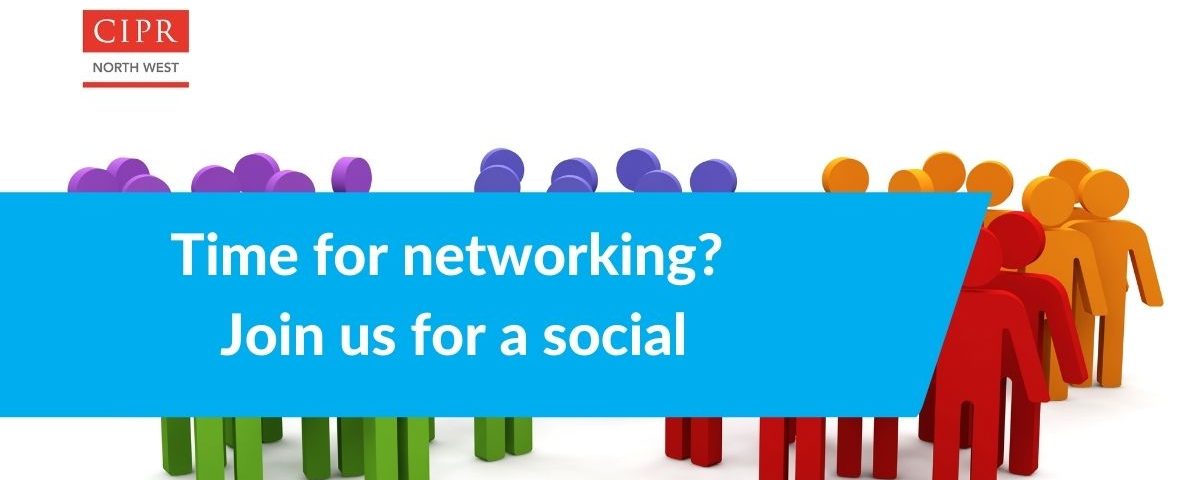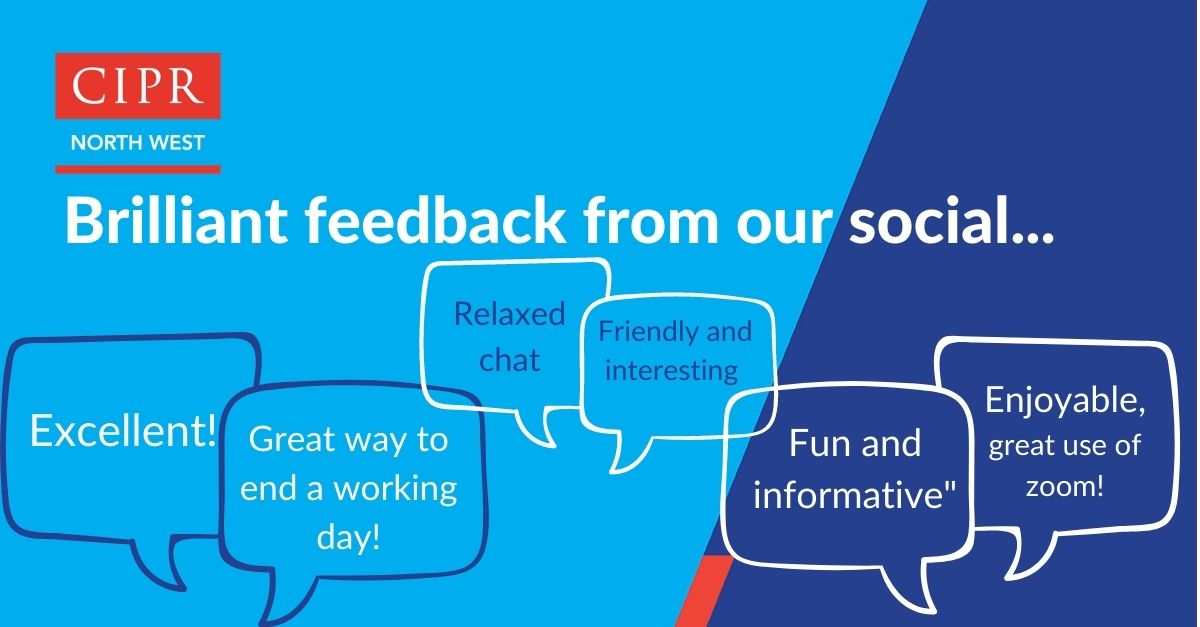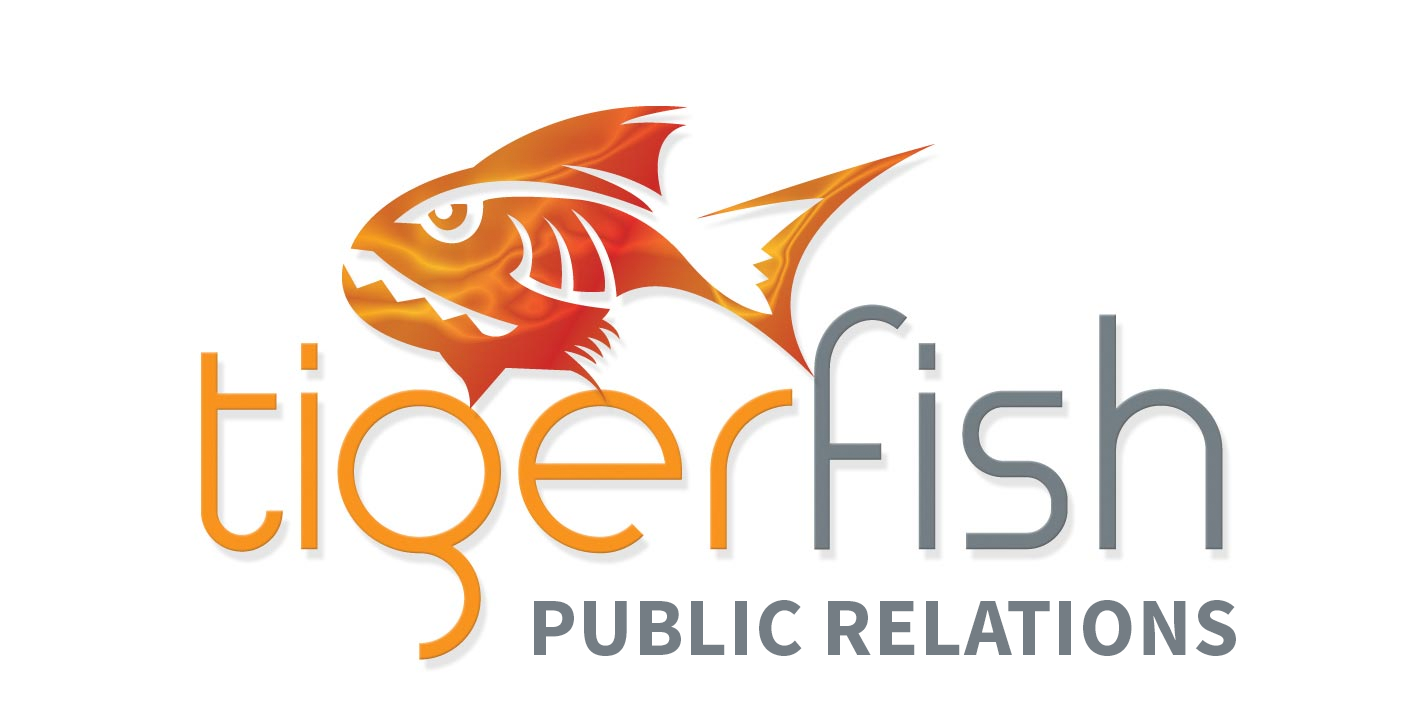
Looking for a little lockdown reading?
April 14, 2021How the pandemic has thrown a light on the waffler
July 13, 20219 quick tips for running an online networking event

Since the start of the lockdown, all events have become online ones. Yet they continue to be as important as ever. They are where we meet, network, learn and explore new ideas.
The CIPR North West has continued to host training sessions – in particular, the Lancashire sub-group that I chair has staged almost a dozen on a range of topics from analytics to internal comms; from meeting the media to mental health. You can read about how we made it work here. We have had over 450 tickets booked for them, so purely from an engagement and continuous learning point of view, there has been a small Covid silver lining – we have been able to engage far more widely with our PR community.
But we realised there was still a gap. Training is absolutely necessary and hugely enjoyable, but where were the opportunities to just chat? So we decided to kick back and organise a social networking event. A way to get to know the new faces a bit better and refresh connections with other industry colleagues.
Here’s how we did it.
9 quick tips for a successful online networking
- Our webinars are team efforts so we distribute roles across the committee, with a different person handling:
- Writing the event description
- Putting the event listing together
- Coordinating social media
- A role in the webinar itself (which we’ll get to in a moment)
2. We make extensive use of WhatsApp as an organising committee, so communication doesn’t get lost in the email deluge. Over WhatsApp, we discuss the event running order, and assign ‘on the day’ tasks
3. We have a tech check 10 minutes before attendees arrive to iron out any last minute glitches. At this check we also make sure there are at least two co-hosts assigned. This enables organisers to let any latecomers in from the waiting room (whilst someone else is talking), or mute delegates if necessary. It also is insurance against the whole event closing if the host’s system fails.
4. Whilst we’re all used to Zoom/ Teams/ Google Meetups etc, talking in a large group isn’t conducive to a relaxed, chatty environment, so once the format was explained, we quickly put people into breakout rooms. We had about 5 people per room, which seemed about right.
5. One person is in charge of opening/closing the breakout rooms. We opted to use the ‘automatic’ function, which randomly assigns 5 people to each breakout room. These rooms were closed at the end of each breakout and then ‘reopened’ again, which meant that the groups were randomly mixed.
6. In the hour session we had 3 x 15 minute breakout sessions, interspersed with feedback and setting the next conversation starter. These conversation seeds proved to be very popular, and they enabled everyone to contribute. Here are a list of ones you could try at your own event:
- Over the past year, what has changed in your life … that you would like to keep?
- What is your top productivity tip that keeps you on track?
- What advice would you give your younger self, just starting a career in PR?
- What are your book and podcast recommendations?
- What is your biggest PR win/ success story?
- How is your week going?
- Share some example of great comms you’ve seen recently
- What are you looking forward to, post lockdown?
- How do you decide on training topics?
- Highs, lows or funniest points in your career…
- What would you say is the soundtrack to your life?
7. Timing is crucial with online events, so using the ‘broadcast to all rooms’ function on Zoom, we reiterated the topic to be discussed; and then gave a 5 minute warning of the time left in each session. We had really positive feedback on this feature.
8. In order to keep the event engaging, we had different committee members introducing each new topic and asking for a quick review from a few of the groups on what they talked about. It works a bit like a layer cake:
- Speaker 1: scene setting, the plan and the first topic
- Breakout room 1
- Speaker 2: asking for feedback from breakout topic 1; then setting groups off again with second topic
- Breakout room 2
- Speaker 3: asking for feedback from breakout topic 2; then setting groups off again with third topic
- Breakout room 3
- Speaker 4: asking for feedback from breakout topic 3. Then trailing forthcoming events
- Speaker 1 again: wrapping up the event and close.
9. We always ask for feedback and use Google forms to collect and collate the data. A link to this is put in the chat, so people can fill it in during the event.
And as you can see, whilst online socials aren’t a patch on seeing people in real life, it was definitely a success and something we’ll be doing again.

